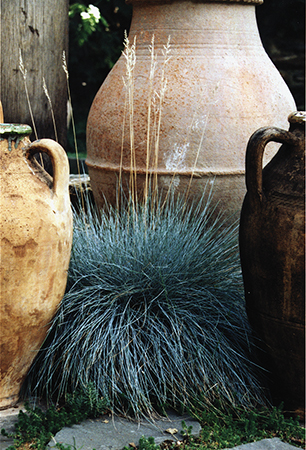New Research Powering Controlled Environment Ag Evolution
The work being done at the Texas A&M AgriLife center in Dallas is a core component to the controlled environment ag evolution within Texas, says Daniel Leskovar, Director of the AgriLife centers in both Dallas and Uvalde, and Professor in the Department of Horticultural Sciences.
“We are looking at controlled environment horticulture in ways that can be scaled up and scaled down to serve producers at all levels,” Leskovar says. “So much of it revolves around technology, but we are also developing the applied science around it and how technology translates into efficiencies that cut production costs.”
The controlled environment horticulture program also extends to Texas A&M University at Qatar and collaborates with entities like the USDA and the National Science Foundation among other U.S. scientific and academic institutions.
These researchers are experimenting with a range of technologies that include long-standing methods like high tunnels and greenhouses and aquaponic and hydroponic systems. They are also engaged in concepts like precision agriculture that rely on innovative technologies such as remote sensors to collect a range of data related to environmental and plant conditions.
Controlled environment ag boasts many advantages over traditional agriculture, Leskovar says. Crops can be grown year-round and in environments that can be modified precisely to each crop’s preference and in ways that reduce natural stressors like drought, heat, insect pests, and disease. They also use less water and require fewer inputs of fertilizers, herbicides, and pesticides. The technology will most likely supplement crops produced in fields, but hurdles remain. Energy costs to run controlled environment systems continue to pose the top challenge.
“We believe controlled environment horticulture will be able to complement open-field systems, but also provide capacity for addressing urban-suburban needs for nutritious foods in efficient and sustainable ways,” he adds. “Efficiencies are very high, but right now costs are also very high. However, there is a lot of interest and investment focused on balancing cost benefits for producers.”
For more, continue reading at AgrilifeToday.tamu.edu.








